Living a greener life isn’t just about personal choices—it’s also about where you live. Some cities are stepping up with innovative programs that make eco-friendly living more accessible and appealing. From urban forests to carbon-neutral neighborhoods, these places are leading the charge in sustainability. Let’s explore 11 cities that are making it easier to live green through new environmental initiatives.
1. Ithaca, New York
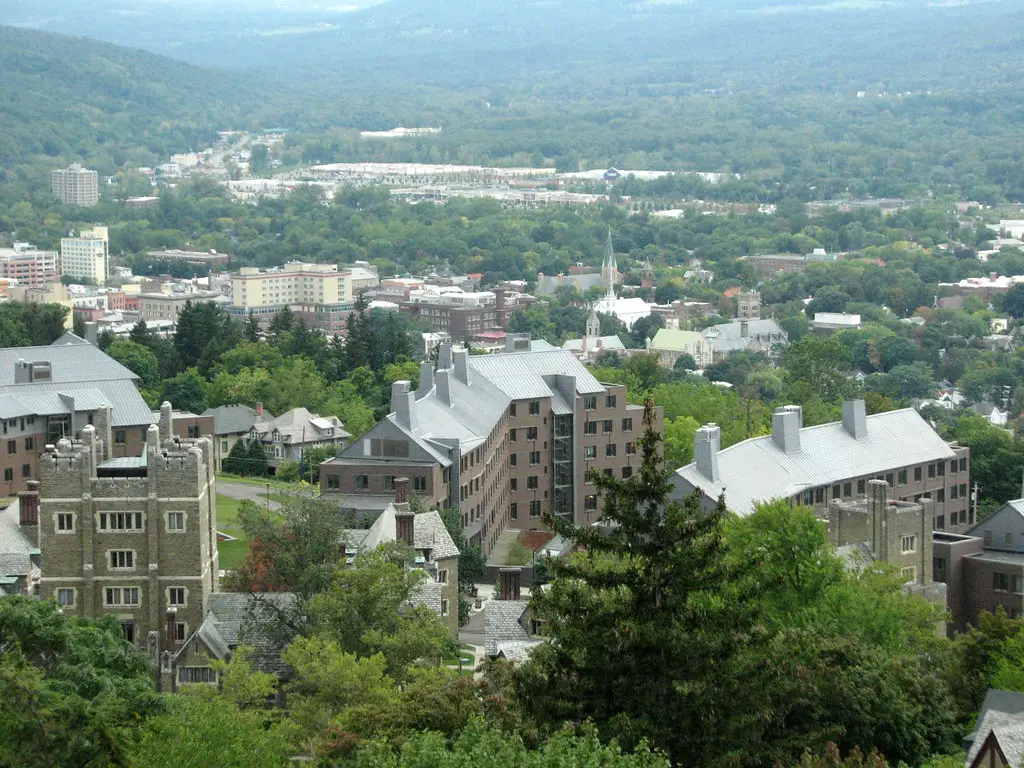
Ithaca is making headlines for becoming the first U.S. city to approve a plan to decarbonize all of its buildings, according to Bloomberg. This ambitious initiative will retrofit roughly 6,000 residential and commercial structures, moving them away from natural gas and oil-based heating systems. The plan is backed by a mix of public and private funding, with hopes to fully electrify buildings by 2030. What makes Ithaca’s approach stand out is its ability to scale this kind of transition in a small, manageable city.
City leaders emphasize equity as a key part of the plan, with additional resources for lower-income households. Residents won’t just get cleaner energy—they’ll also see reduced utility bills and improved indoor air quality. By taking the plunge before larger metros, Ithaca is essentially acting as a green guinea pig for the rest of the country. And so far, the results are turning heads nationwide.
2. Los Angeles, California
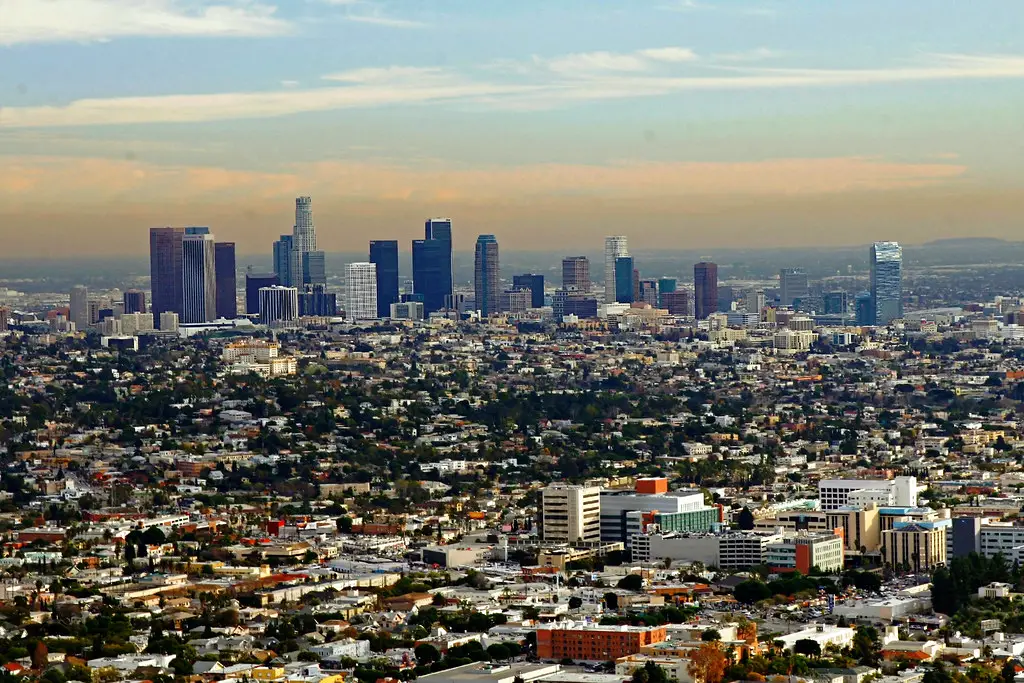
Los Angeles is taking sustainability seriously with sweeping bans on gas appliances in new buildings, as reported by the LA Times. The move affects everything from stoves to heating systems and is part of the city’s broader goal to achieve carbon neutrality by 2045. While some residents are slow to warm up to the idea, the city argues that it’s a necessary step in reducing harmful indoor air pollution and greenhouse gas emissions. They’re also offering incentives and rebates for those making the switch.
Besides the appliance ban, LA has expanded its “Cool Streets” initiative to cover more neighborhoods. This project uses reflective pavement and shade trees to fight the urban heat island effect. Together, these efforts make LA a case study in how sprawling cities can still innovate on climate. It’s not just about greenwashing here—it’s about rewriting the way cities think about infrastructure.
3. Denver, Colorado
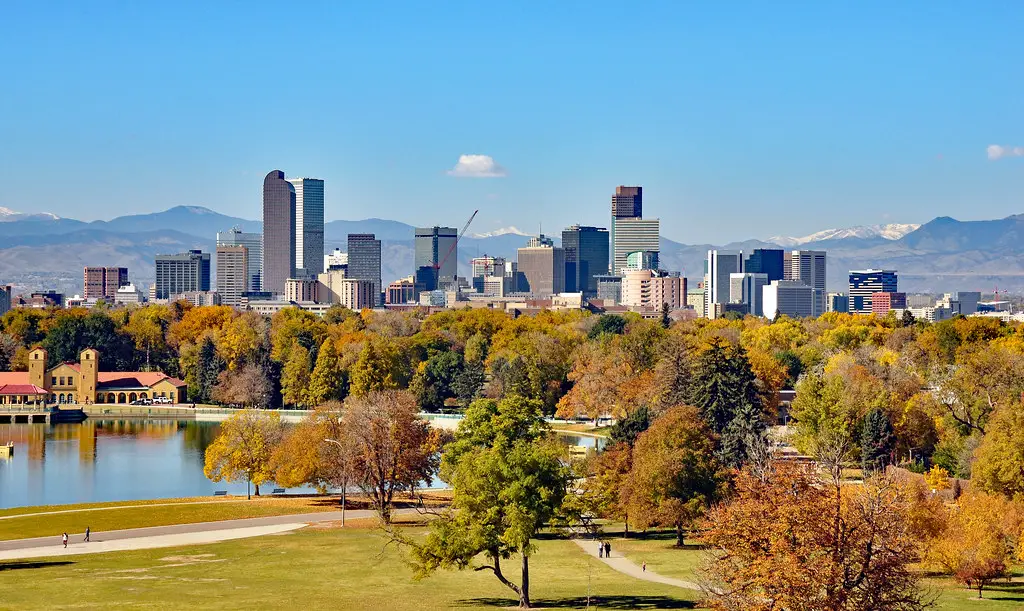
Denver has been quietly becoming a leader in eco-conscious living, and its voters helped push it further by passing a climate sales tax in 2020, as noted by Forbes. This modest 0.25% tax funds everything from building electrification to wildfire prevention and EV infrastructure. What’s notable is that the public backed this tax even in the middle of a pandemic, signaling strong support for climate action. It raised more than $40 million in its first year alone, which is now being reinvested into neighborhood-level sustainability efforts.
Denver has also adopted strict energy benchmarking requirements for large buildings. This helps monitor and improve efficiency over time, reducing waste while boosting accountability. The city’s plan includes measurable goals, ensuring it doesn’t just sound green—it is green. For a mid-sized metro, Denver is punching way above its weight in the climate fight.
4. Portland, Oregon
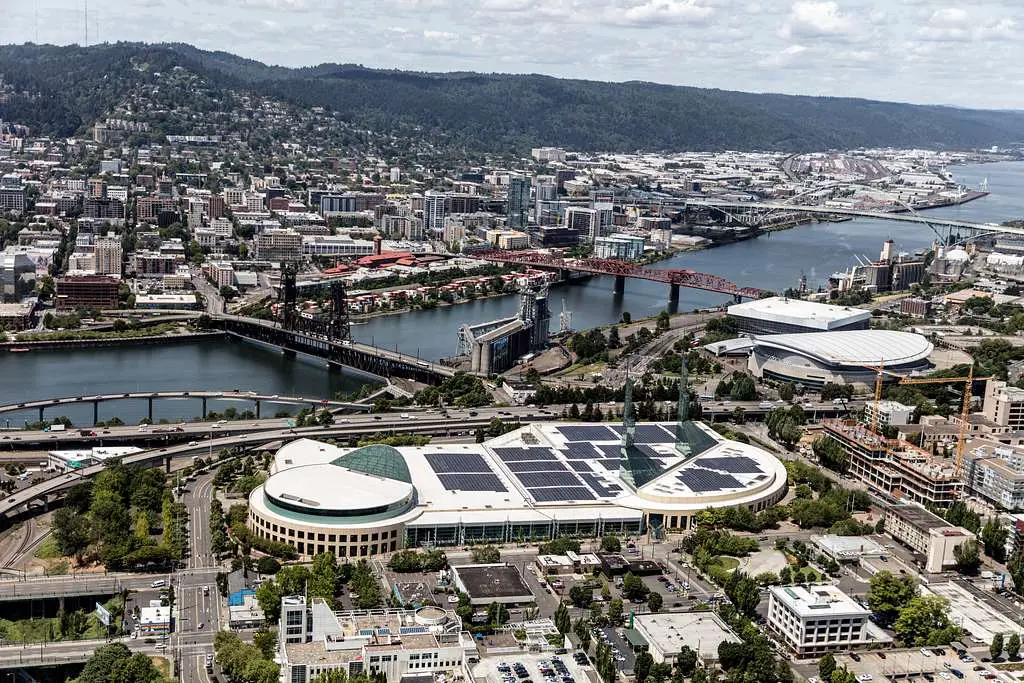
Portland has long been a darling of the environmental movement, and now it’s doubling down with a new climate investment plan, as detailed by Oregon Public Broadcasting. The initiative will funnel hundreds of millions of dollars into projects that prioritize frontline communities impacted by pollution and rising temperatures. Funded through a business tax on large retailers, the program supports clean energy upgrades, tree planting, and green job training. It’s a bold example of how tax policy can be redirected toward community-based climate justice.
Residents are already seeing the benefits in the form of energy-efficient retrofits and healthier air quality in underserved areas. The city is also expanding bike lanes and public transit options to make it easier to ditch the car. Unlike some cities where climate funding gets bogged down in bureaucracy, Portland’s approach is designed to move quickly. It’s proving that big change can happen at the local level—especially when equity is front and center.
5. Copenhagen, Denmark
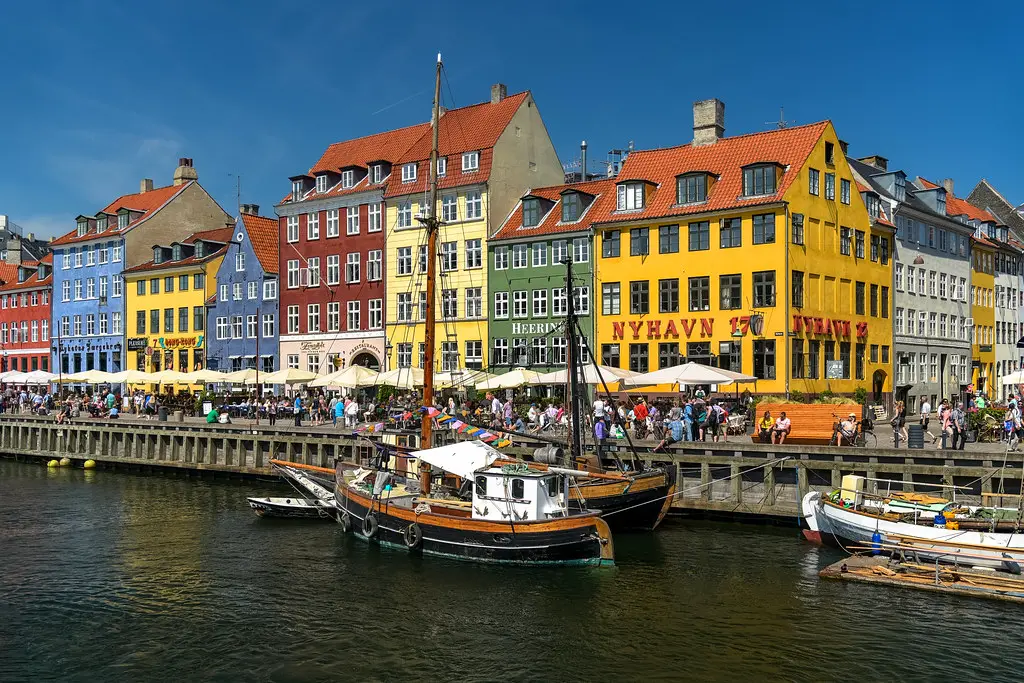
Copenhagen is on track to become the world’s first carbon-neutral capital by 2025. The city has invested heavily in wind energy, with plans to increase its capacity to 460 megawatts. Extensive bike lanes and a robust public transportation system encourage residents to opt for eco-friendly commuting options. Copenhagen’s commitment to sustainability is evident in its urban planning and infrastructure.
The city’s efforts extend to waste management and green building practices. Copenhagen has implemented policies to promote energy-efficient buildings and reduce waste through recycling and composting programs. These initiatives contribute to the city’s overall goal of reducing carbon emissions and promoting a sustainable lifestyle. Copenhagen’s comprehensive approach serves as a model for cities worldwide.
6. Singapore
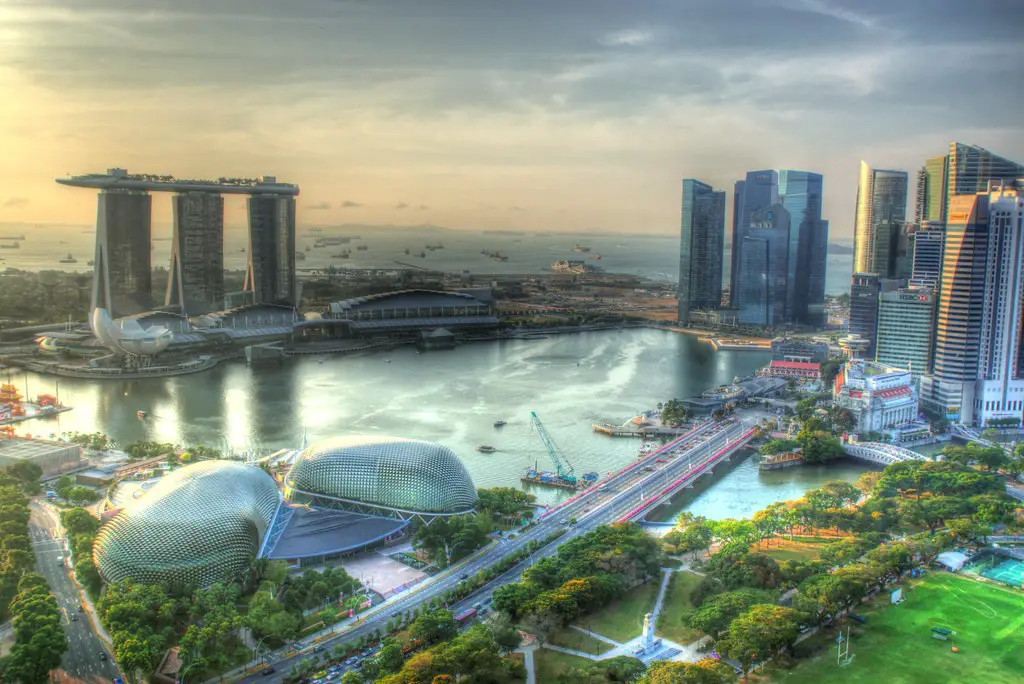
Singapore has transformed itself into a “City in a Garden,” integrating nature into its urban environment. The city boasts an extensive park system and has implemented the Skyrise Greenery initiative, which subsidizes rooftop and vertical gardens. These efforts enhance biodiversity and provide residents with access to green spaces. Singapore’s commitment to sustainability is also reflected in its efficient public transportation system.
The city has made significant strides in renewable energy, increasing its capacity from 203 megawatts in 2018 to 350 megawatts in 2020. Singapore aims to further expand its renewable energy capacity to over 1 gigawatt. The city’s comprehensive recycling system ensures that a significant portion of waste is diverted from landfills. Singapore’s integrated approach to urban sustainability sets a high standard for other densely populated cities.
7. New Haven, Connecticut
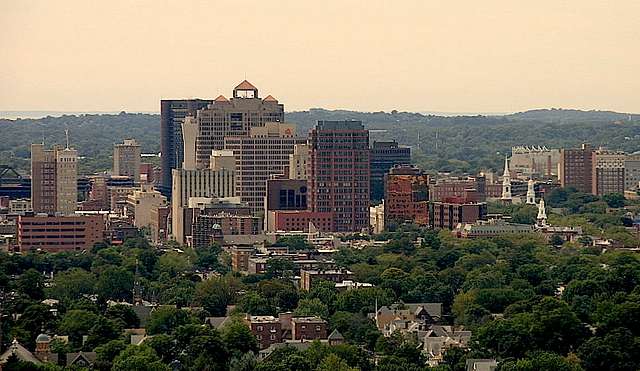
New Haven is ramping up its commitment to green living thanks to a recent federal court decision restoring over $30 million in environmental grants. These funds, which had previously been withheld, are now slated to support projects like energy-efficient housing and green job development. With this renewed financial backing, the city is poised to make real progress on improving sustainability and environmental equity. Local leaders are eager to reinvest in clean energy efforts that directly benefit neighborhoods.
The city is also launching targeted programs to help residents move away from oil heat and adopt electric heat pumps. Plans are underway to decarbonize public infrastructure, starting with Union Station. These kinds of upgrades will reduce emissions while cutting utility costs for locals. New Haven is clearly using its legal win as momentum to build a cleaner, more climate-resilient future.
8. Amsterdam, Netherlands
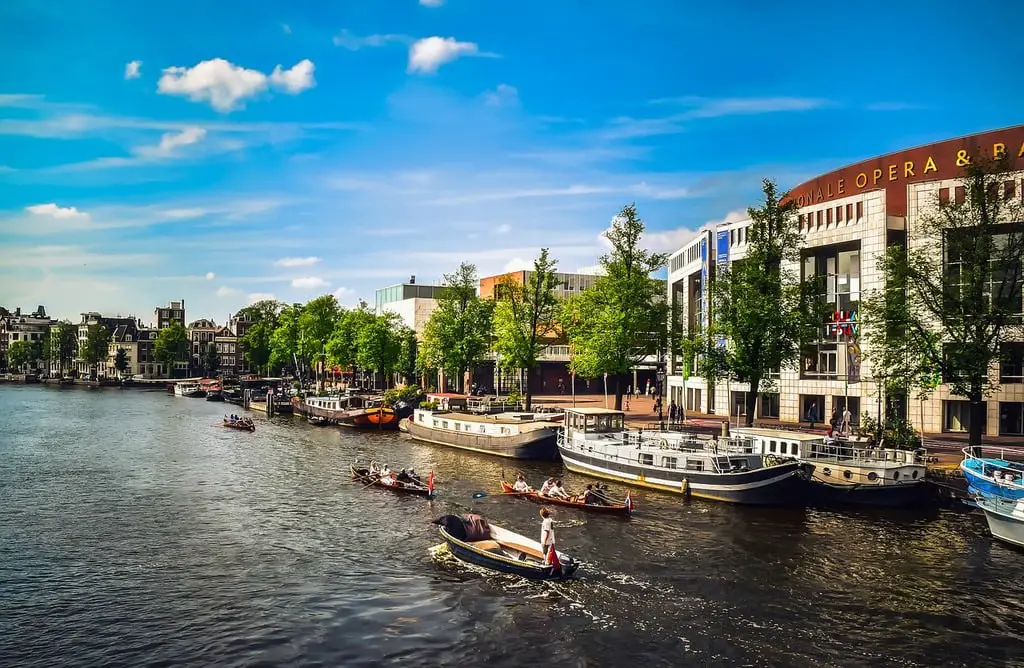
Amsterdam tops the 2024 Sustainable Cities Index, reflecting its commitment to environmental initiatives. The city has implemented policies to promote cycling, with extensive bike lanes and infrastructure supporting this mode of transportation. Amsterdam’s focus on renewable energy and waste reduction contributes to its high sustainability rankings. The city’s urban planning emphasizes green spaces and energy-efficient buildings.
Efforts to reduce greenhouse gas emissions include investments in public transportation and the promotion of electric vehicles. Amsterdam’s approach to sustainability is holistic, addressing various aspects of urban living. The city’s success demonstrates the effectiveness of comprehensive environmental policies. Amsterdam serves as a benchmark for other cities aiming to enhance their sustainability efforts.
9. Vancouver, Canada
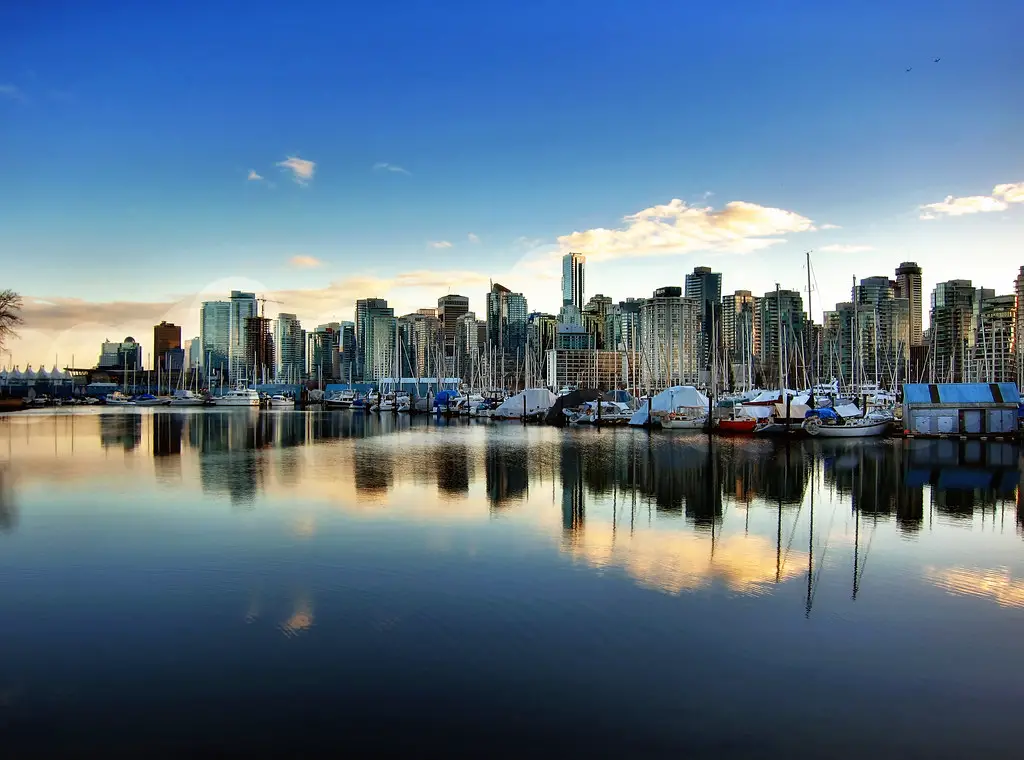
Vancouver is recognized for its dedication to sustainability and green living. The city has implemented policies to reduce carbon emissions and promote renewable energy. Vancouver’s extensive public transportation system and bike-friendly infrastructure encourage residents to choose eco-friendly commuting options. The city’s urban planning incorporates green spaces and energy-efficient buildings.
Efforts to promote sustainability extend to waste management and water conservation. Vancouver’s initiatives aim to create a livable, environmentally friendly urban environment. The city’s commitment to sustainability has earned it a place among the world’s greenest cities. Vancouver’s comprehensive approach serves as a model for urban sustainability.
10. Stockholm, Sweden
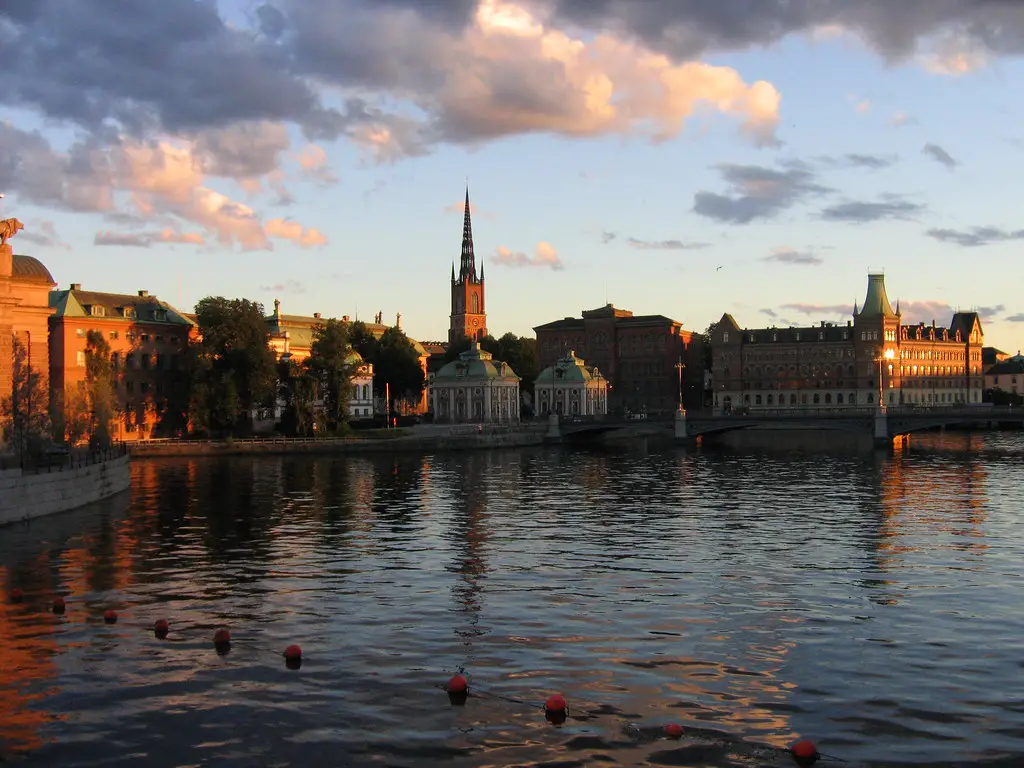
Stockholm has transformed former industrial areas into sustainable urban districts. The Hammarby Sjöstad district exemplifies this transformation, featuring integrated energy, waste, and water systems. The city’s approach emphasizes sustainable resource usage and environmental responsibility. Stockholm’s efforts have inspired similar projects in other cities worldwide.
The city’s commitment to sustainability is evident in its public transportation system and green spaces. Stockholm’s policies promote energy efficiency and waste reduction. The city’s initiatives contribute to its reputation as a leader in urban sustainability. Stockholm’s comprehensive approach serves as a model for other cities seeking to enhance their environmental efforts.
11. Sharjah, United Arab Emirates
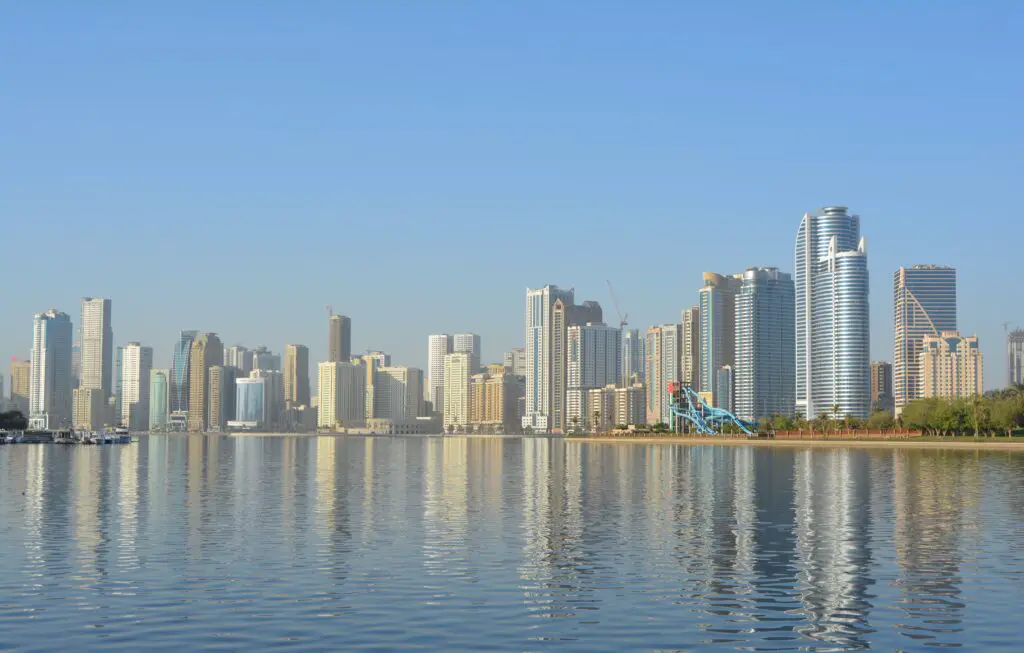
Sharjah Sustainable City is a planned urban development focused on environmental consciousness. The city incorporates rooftop solar panels, wastewater recycling, and infrastructure for electric vehicles. These features aim to reduce utility bills and promote a low-carbon lifestyle. Sharjah’s commitment to sustainability is evident in its urban planning and infrastructure.
The city’s design includes greenhouses and urban farming, producing over 10,000 kilograms of organic vegetables annually. Waste management programs aim to divert 85% of waste from landfills. Sharjah Sustainable City serves as a model for sustainable urban development in the region. The city’s initiatives demonstrate the potential for integrating sustainability into urban planning.
